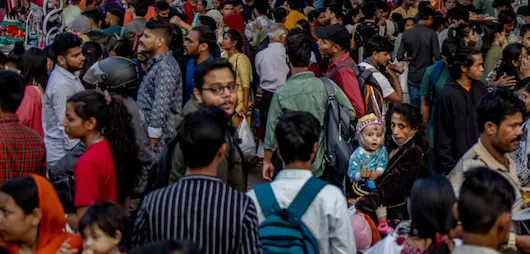
India’s first caste-based digital census begins on March 1, 2027
India is set to embark on a historic journey with its first digital caste census, scheduled to begin on March 1, 2027. This initiative marks a transformative shift in the country’s data collection methodology, aiming to provide a comprehensive socio-economic picture of its diverse population. The inclusion of caste enumeration has been a long-standing demand from political leaders, social activists, and policy experts, and its implementation is expected to have far-reaching implications on governance, welfare schemes, and affirmative action policies.
Why a Caste-Based Census Matters
For decades, caste data has been a contentious issue in India’s policymaking. While the Socio-Economic and Caste Census (SECC) of 2011 attempted to collect caste-related information, the data was never fully published or utilized. The upcoming 2027 Census aims to bridge this gap by providing accurate caste demographics, which could influence resource allocation, employment policies, and social justice initiatives.
The Digital Transformation of Census Collection
One of the most revolutionary aspects of the 2027 Census is its digital-first approach. Unlike previous censuses that relied on manual data collection, this edition will leverage mobile applications, online portals, and AI-driven analytics to streamline the process. Citizens will have the option to self-enumerate, ensuring greater accuracy, efficiency, and transparency in data collection.
Political and Social Implications
The decision to include caste enumeration has sparked intense debates across political circles. While some view it as a progressive step towards social justice, others fear it could be politically exploited for electoral gains. The ruling government has emphasized that the move is aimed at data-driven governance, ensuring equitable resource distribution and policy formulation based on real demographics.
Challenges and Concerns
Despite its potential benefits, the digital caste census faces several challenges:
- Data Privacy Issues – Ensuring the confidentiality of sensitive caste-related data.
- Technical Barriers – Digital literacy and internet accessibility in rural areas.
- Political Resistance – Opposition from groups fearing misuse of caste data.
- Implementation Complexity- Managing large-scale digital infrastructure for seamless execution.
The Road Ahead: What to Expect
The Ministry of Home Affairs has announced that the census will be conducted in two phases, with snow-bound regions like Ladakh, Jammu & Kashmir, Himachal Pradesh, and Uttarakhand beginning earlier in October 2026. The reference date for the rest of the country will be March 1, 2027. The government is expected to release detailed guidelines on data collection methodology in the coming months.
Conclusion on Digital Caste Census
India’s first caste-based digital census is a landmark initiative that could reshape the country’s socio-economic policies. By leveraging technology, the government aims to create a transparent and inclusive data collection process. However, its success will depend on effective implementation, public cooperation, and ethical data usage. As India prepares for this historic exercise, the world will be watching how it navigates the complexities of caste enumeration in the digital age.
Also read – Pakistan’s Defense Budget Surge– IMF Alarmed: Economic Priorities Under Scrutiny